Traces of the Habsburgs
Myth Habsburg
Follow the traces of the Habsburgs on the Danube
On this cultural tour along the Austrian Danube you will go on the trail of the Habsburg fascination of the Danube. The myth of the Habsburgs can still be experienced along the Danube today. A multitude of magnificent buildings bear witness to the once powerful rule of the Habsburgs in the Danube monarchy. In Vienna and Budapest, the Habsburgs are still present today. They influenced the history of Europe like no other ruling dynasty and developed their domestic power from a small duchy to a great powerful Danube monarchy. It is now more than 150 years since the state of Austria-Hungary came into being and was a major power in Europe for 51 years.
In the 19th century, the Habsburg Monarchy became the "Danube Monarchy" proper. The official name was the "Austro-Hungarian Monarchy" the k.u.k. (Imperial Austrian and Royal Hungarian) "Dual Monarchy." Embodied was the k.u.k. Danube Monarchy by Emperor Franz Joseph, who ruled the empire from 1848 to 1916. From then on, the two countries acted autonomously in domestic matters. Only the Ministry of Foreign Affairs, the Ministry of War and that part of the Ministry of Finance that served to finance the military and foreign policy were administered jointly. And there was a joint Supreme Court - which, however, was again only responsible for controlling the above-mentioned ministries. The currency also remained the same.
Vienna in particular changed its cityscape in the new style of the Danube monarchy. Today, magnificent buildings such as the Court Opera, Heldenplatz, the new Hofburg, the Burgtheater, the Parliament, the City Hall, the Palais and the ministries still bear witness to the splendor of this period. In the World Exhibition of 1973, the Danube metropolis presented itself as the center of modern science, technology and industry.
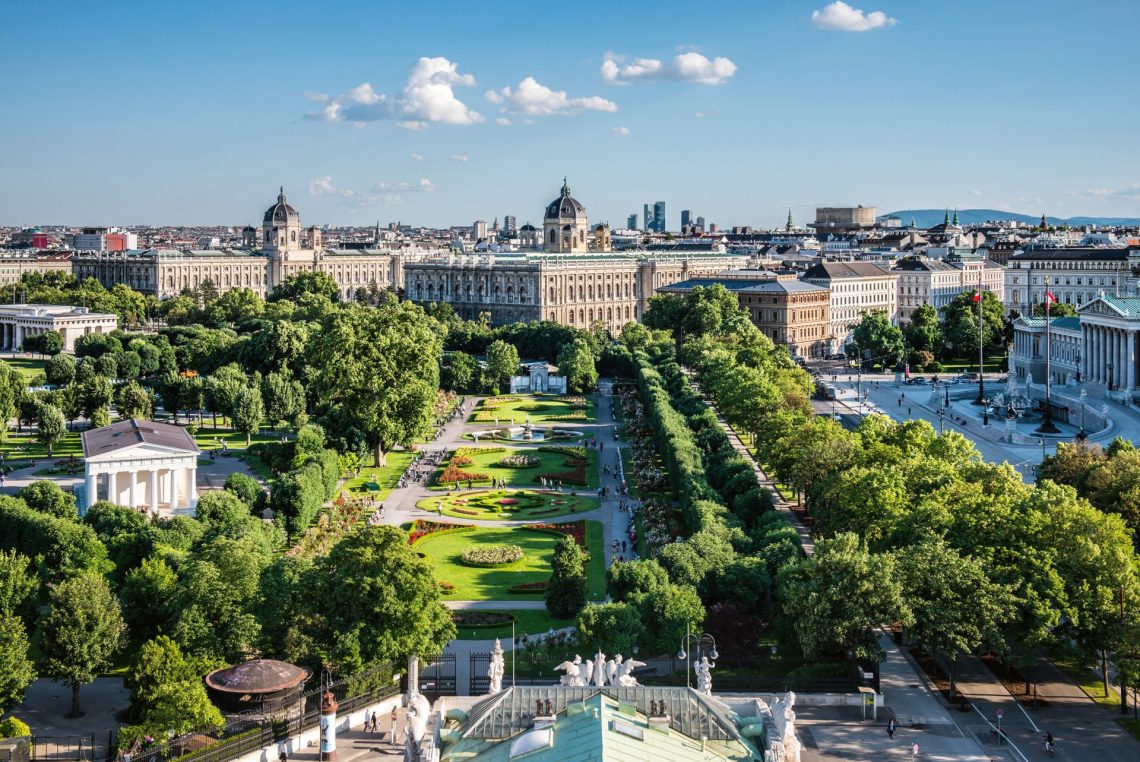
But how did the once important Danube monarchy fall and the Habsburgs take their leave after centuries in power?
In July 1914, the Sarajevo assassination brought the world of the monarchy crashing down. The heir to the throne Franz Ferdinand and his wife Sophie were assassinated. After 68 years of reign at Schönbrunn, Emperor Franz Joseph died in 1916 in the midst of World War I. His death also marked the demise of the centuries-old Habsburg monarchy. The emperor was succeeded by his inexperienced great-nephew Charles I, who was unable to stop the decline of the monarchy. In 1918, the Danube Monarchy finally dissolved. The age of emperors and kings was over. In the spring of 191, the Peace Treaties of Paris regulated the further fate of the successor states of the Habsburg Monarchy. Austria and Hungary thus became the legal successors of the monarchy.
Experience Habsburg - imperial places along the Danube
The rule of the House of Habsburg over the Danube region lasted longer than 600 years. Anyone cycling east along the Danube Cycle Path from the old bishop's city of Passau will come across traces of the emperors and archdukes everywhere.
The princes from the Starhemberg family accompanied the Habsburg monarchs for centuries as advisors and commanders. The museum in Starhemberg Castle in Eferding recalls these times.
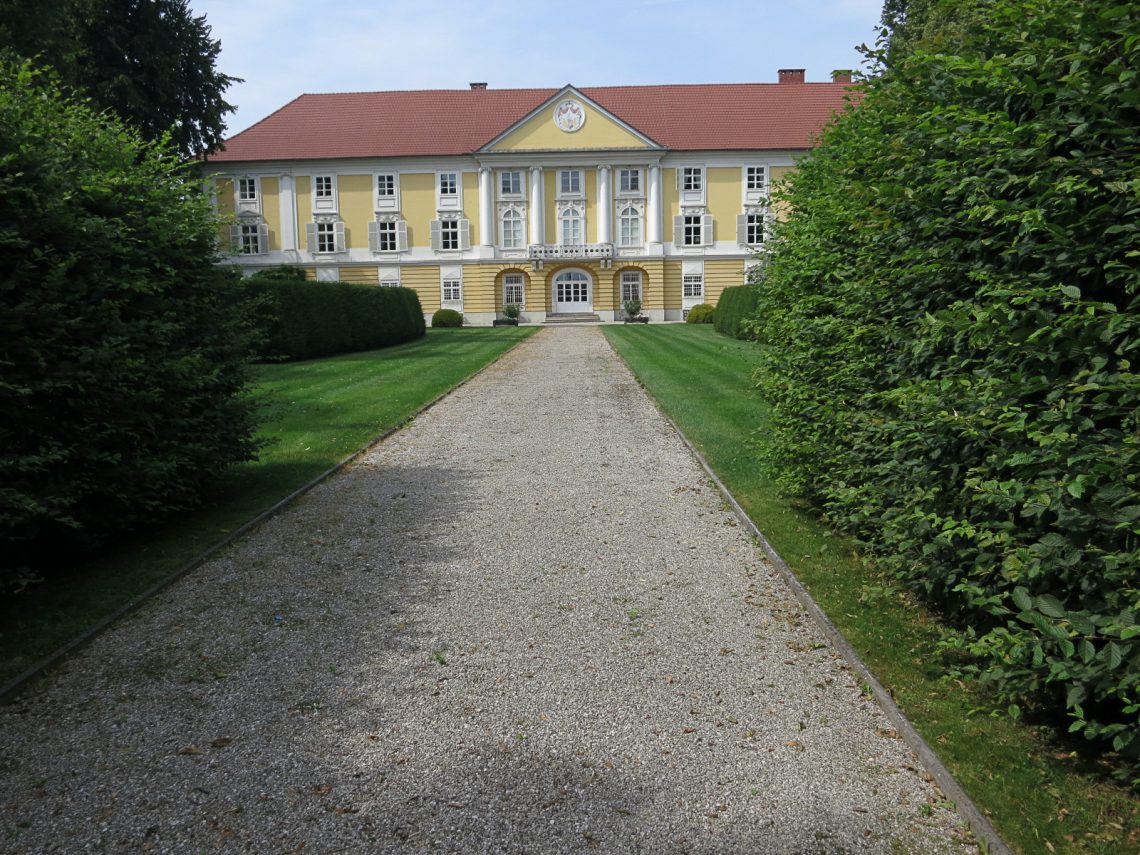
The city of Linz on the Danube became a temporary imperial residence. Linz Castle served Emperor Frederick III as a retirement residence and Emperor Ferdinand I as a refuge in times of the Turkish Wars. Linz was also the city where Emperor Franz Joseph received his bride Sisi on April 21, 1854, who arrived by ship from Passau. Elisabeth stayed overnight with her entourage in the Landhaus Linz.
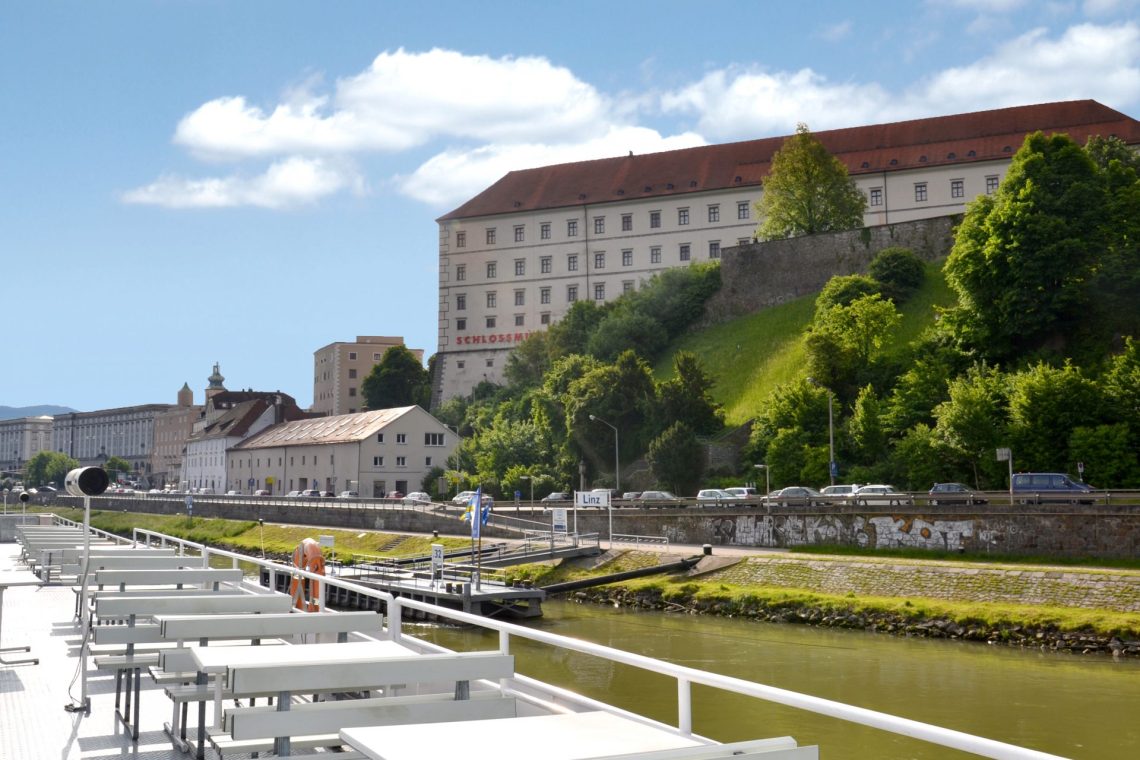
With its 14 imperial rooms, the baroque monastery of St. Florian was particularly well equipped for crowned guests. The imperial rooms were furnished for the visit of the emperor and his entourage. In addition to the magnificent rooms for the emperor and empress, there are other rooms such as the Soldiers' Room.
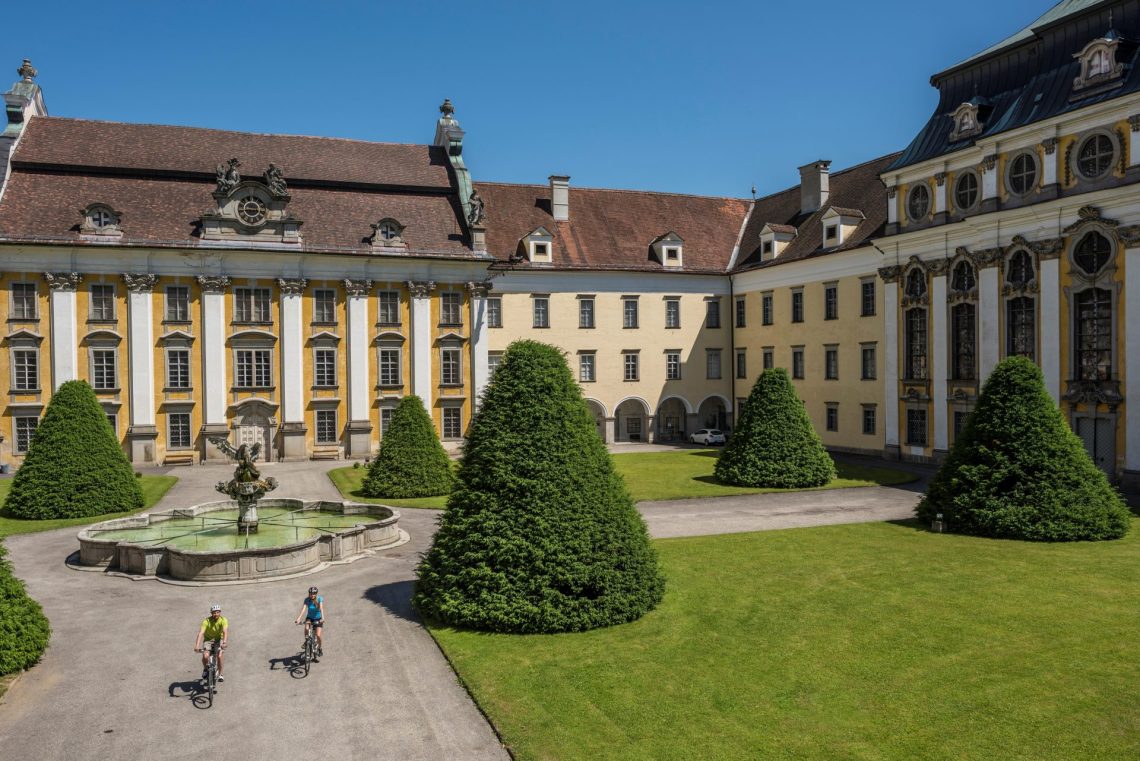
In the famous Emperor's Room of Melk Abbey in Lower Austria, the Habsburg emperor was granted imperial accommodation, as a sacral center of power befitting his rank. In the Emperor's Room he resided, in the Marble Hall he celebrated. The magnificent Marble Hall was considered the party room of emperors and kings, so to speak.
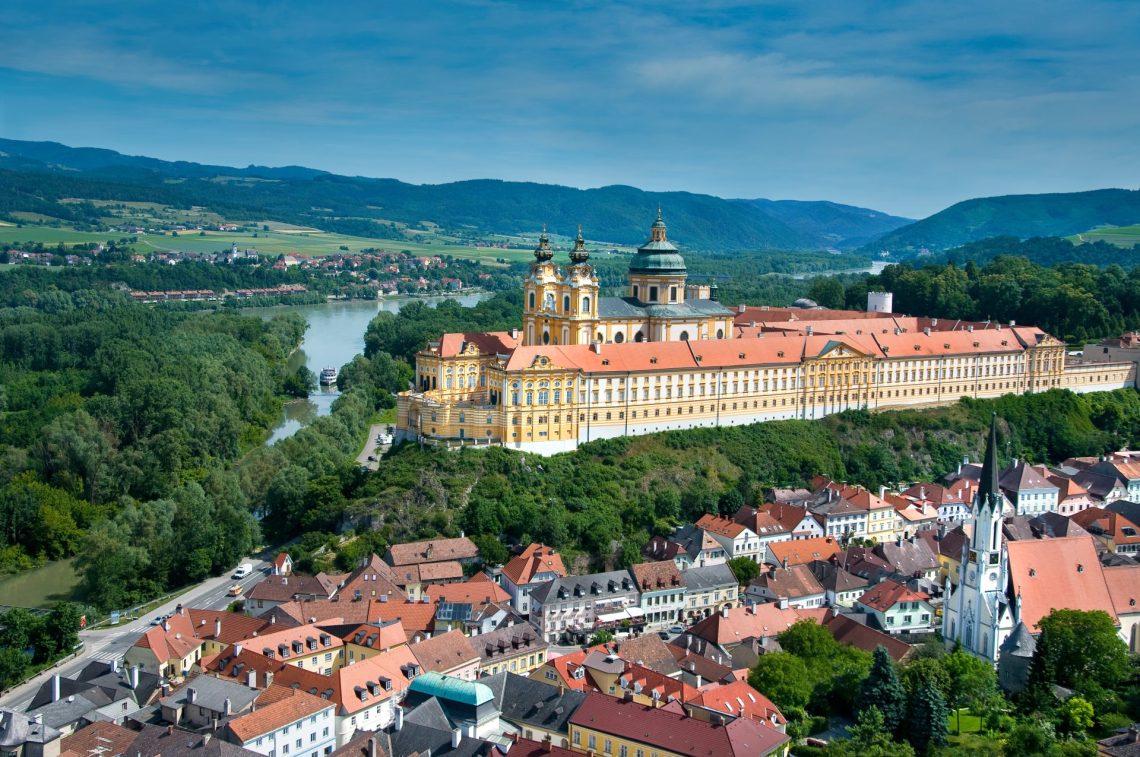
Eckartsau Castle, the fateful castle of Austria is closely connected with the history of the Habsburg monarchy. Follow in the footsteps of the eventful times of heir to the throne Franz Ferdinand, who hunted and loved in the castle, and of Emperor Karl, who sought refuge here with his family after the renunciations in November 1918.
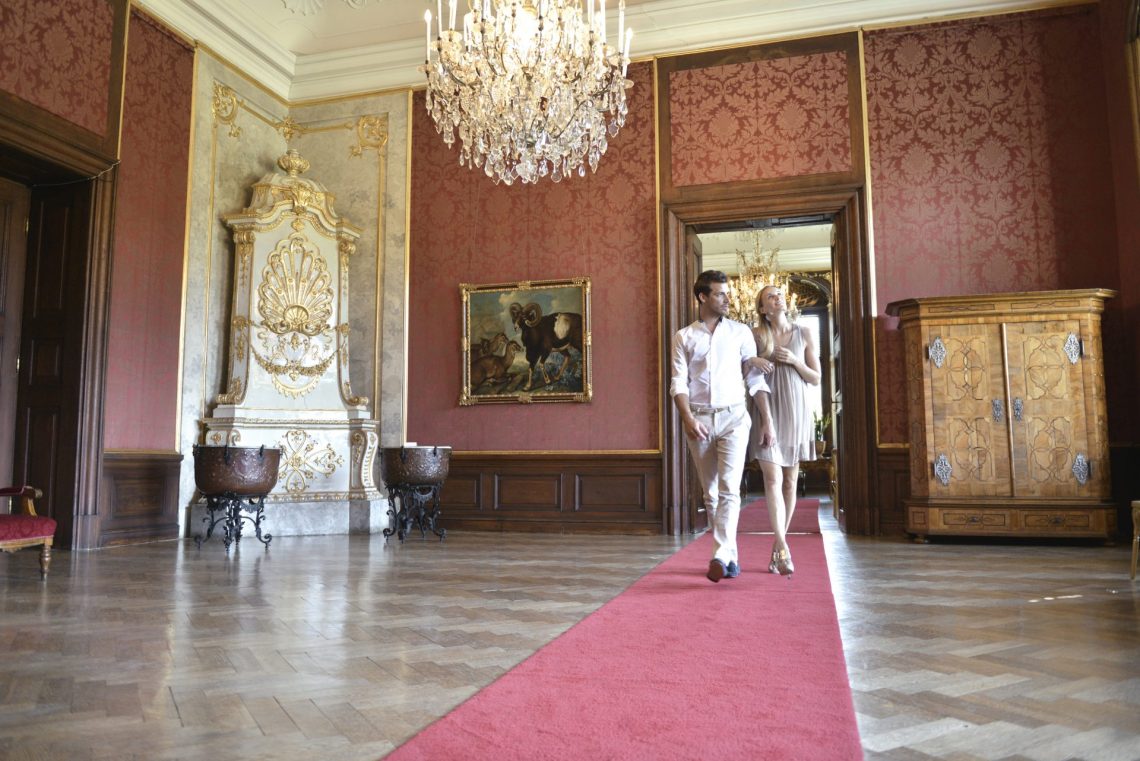
The Capuchin Crypt in Vienna is the final resting place of the Habsburgs. 149 Habsburgs, including 12 emperors and 10 empresses and queens, have found their final resting place in the crypt.
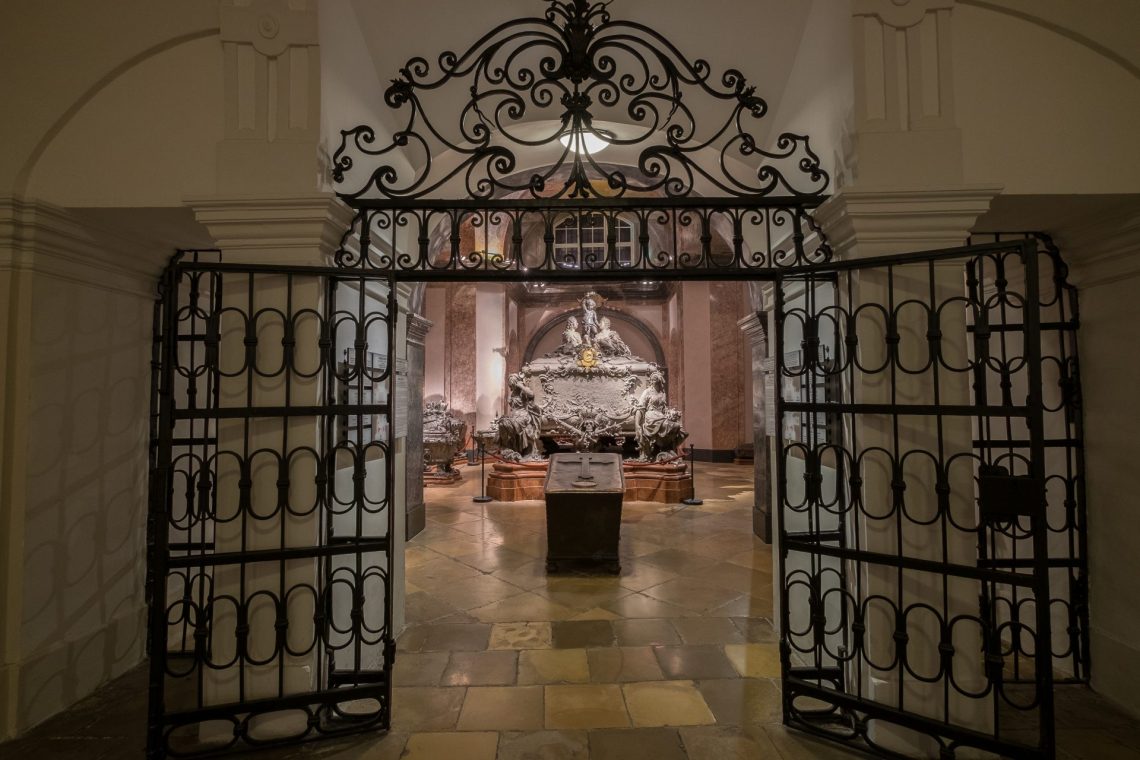
In the former summer residence of the Habsburgs, which is equipped with imperial state rooms and a magnificent garden, once stayed Maria Theresa, Emperor Franz Joseph, Empress Elisabeth and Co.
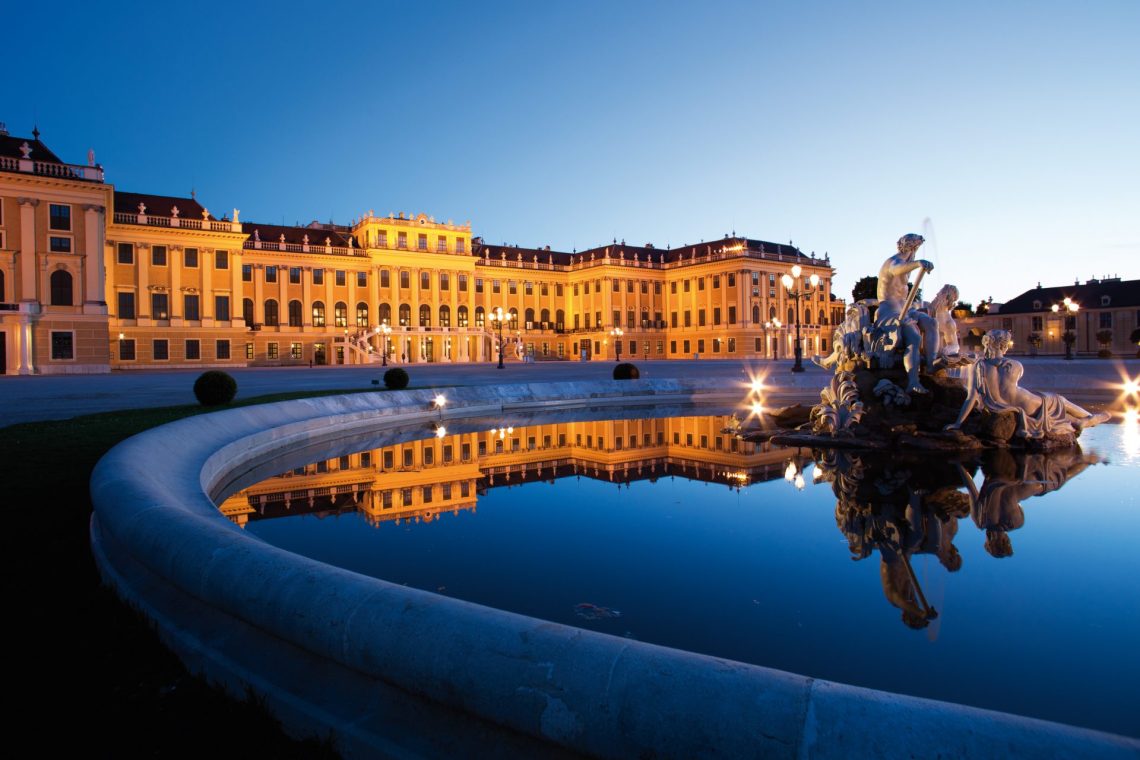
The Topoľčianky Chateau in western Slovakia was the summer residence of the Habsburgs in the past, and the summer residence of the presidents after the First World War. The last major reconstruction of the three Renaissance wings of the entire object also took place during this period.
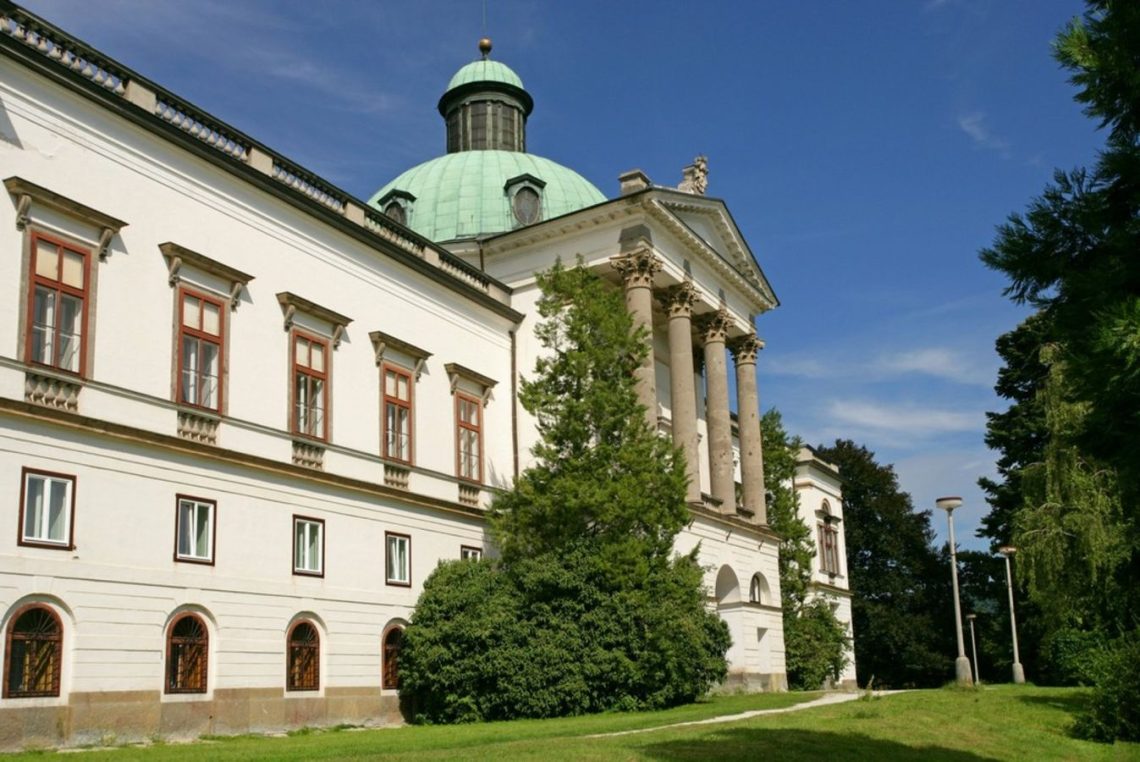
Bratislava became the coronation city after the Turkish occupation of Hungary, when the Turks also occupied the coronation city of Stuhlweißenburg there. At that time, Bratislava was a safe place near the imperial residence city of Vienna, which the Hungarian nobility, secular and ecclesiastical dignitaries had chosen as a refuge. Ten kings, one reigning queen and seven royal consorts were crowned in St. Martin's Cathedral in the years 1563-1830. The first crowned monarch was Maximilian of Habsburg from the family of the same name. The only reigning queen crowned in Bratislava was Maria Theresa, who solemnly assumed her title and the crown on June 25, 1741.
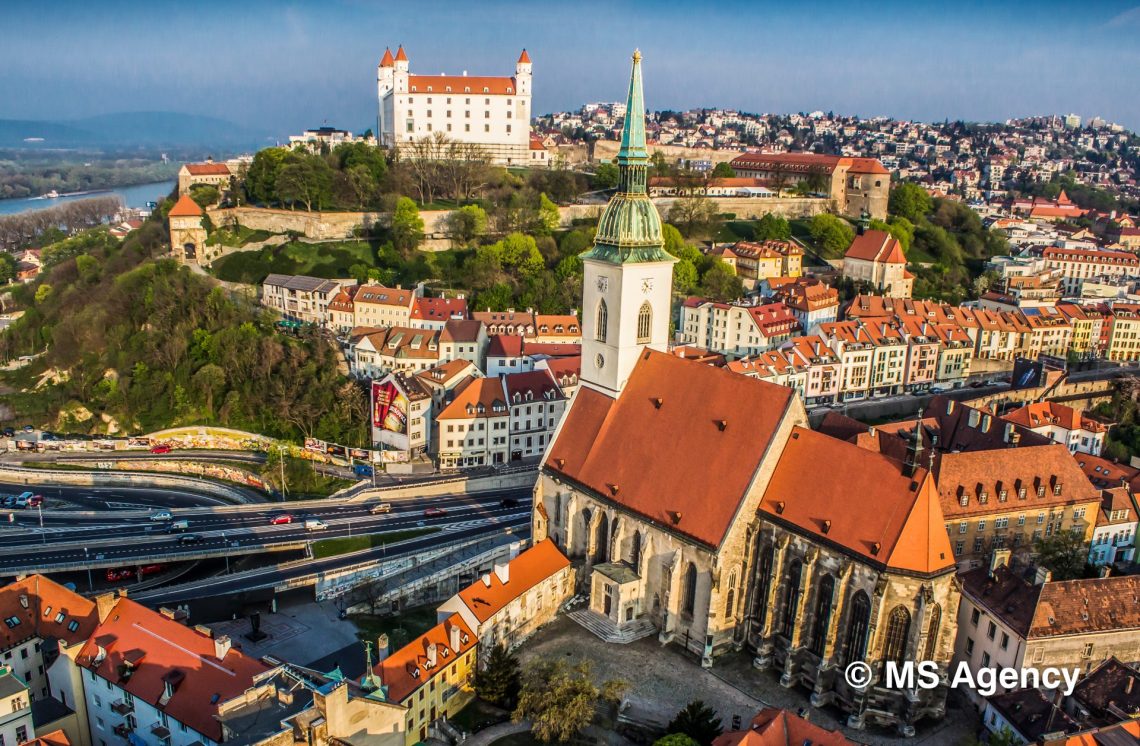
On the occasion of the coronation of Elisabeth and Franz Joseph as queen and king of Hungary, Count Gyula Andrássy, on behalf of the Hungarian people, gave the ruling couple Gödöllö Castle as a country residence. The fact that Elisabeth spent more time there than in Vienna caused jealousy on the part of the Austrians.
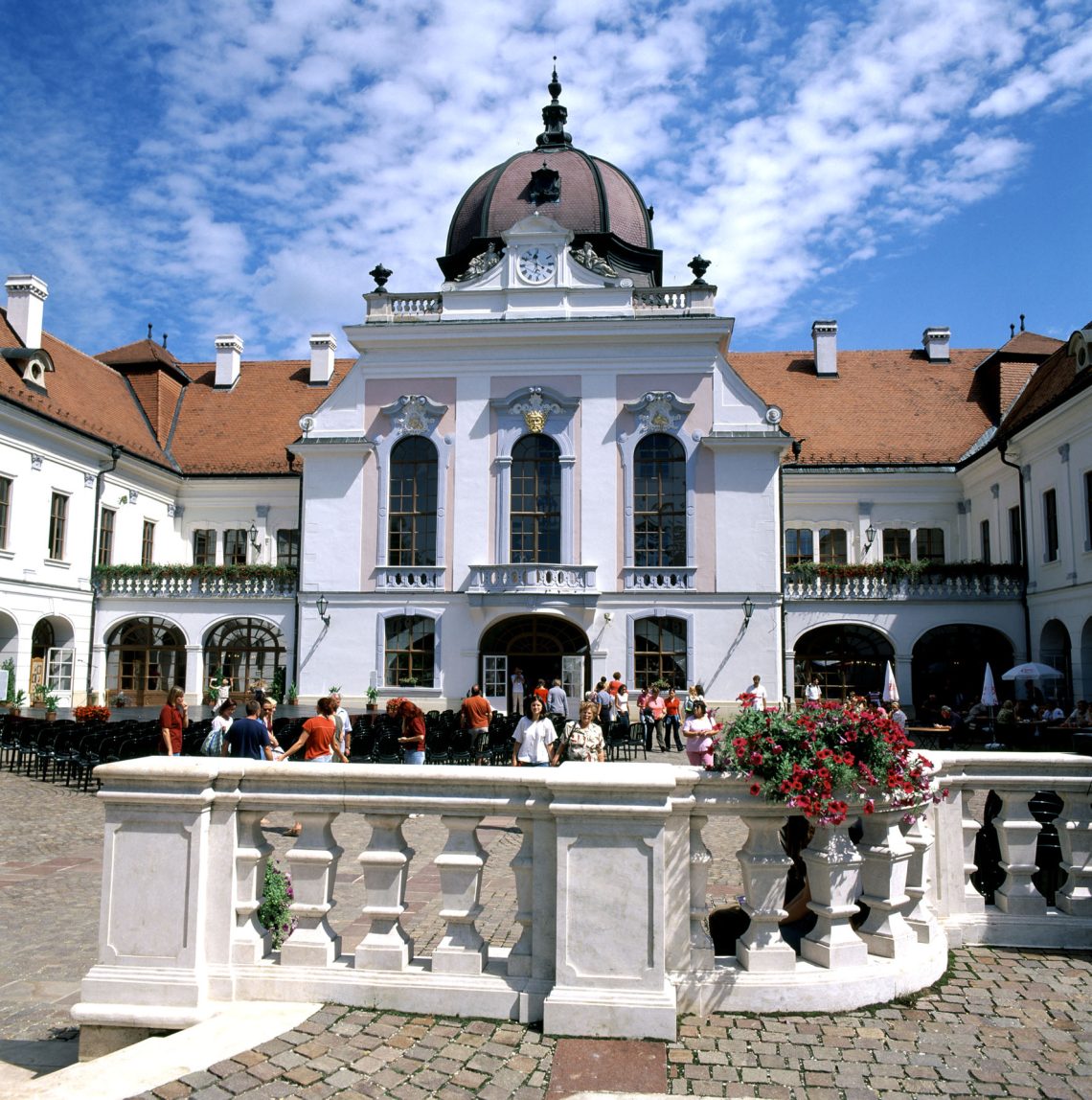
By bike or by car you can follow the traces of the Habsburgs along the Danube:
